About a month ago, Boston-based writer and reporter David Bernstein provided an interesting overview of the lack of women involved in the AHCA process. This was before the AHCA redux, but just after it had initially failed. Bernstein’s article, “The Trumpcare Defeat was a Woman-Free Debacle”, noticed that the media discussion of the bill and the political dynamic around its creation and move through the House of Representatives “mentioned chicken more often than women.” Bernstein goes on to conclude that the “enormity of the health care defeat aside, the all-male power structure at work in GOP-led Washington is just as shocking.” Bernstein’s piece draws attention to the absence of women in the political process. This absence has also been noted in photos of all the men who worked on the AHCA reform, and the lack of women in many of these representations of those who worked on the legislation. Given this attention, to the absence of women “in the picture” both literally and figuratively, it makes sense to examine the Trump Administration, the White House, and the president’s appointments.
But how does the the number of women who have either been appointed by President Donald Trump to official positions or hired by Trump to work in the White House compare to recent administrations? Trump has appointed two women to traditional Cabinet-level positions: Elaine L. Chao (Secretary of Transportation), and Elizabeth (Betsy) DeVos (Secretary of Education). He has also appointed two women to positions that are often (but not always) Cabinet-level: Nikki R. Haley (United States Representative to the United Nations[1]), and Linda McMahon (Small Business Administration Administrator). As of March, Trump had hired women to fill just 27 percent of the total openings throughout the new administration.
Trump’s female appointments fall into some expected areas: Chao, at Transportation, is a position that was also held by Elizabeth “Liddy” Dole during the Reagan Administration.[2] Chao had served in the George W. Bush Administration as the Secretary of Labor. DeVos holds the office at Education, the third female Secretary of Education since the Department was created in 1979. Haley, at the U.N. is the third consecutive female confirmed in that position. McMahon follows a number of other women who have held the Administrator position at SBA. Trump, in appointing four women to his Cabinet, is in step with George W. Bush’s initial female appointments to the Cabinet, though he is behind both Bill Clinton’s and Barack Obama’s first Cabinet in terms of female appointments.
Inside the White House, in advisory positions, Trump has appointed a number of women, including Kellyanne Conway, who holds the title of Counselor to the President. Trump has also hired Hope Hicks as Assistant to the President and Director of Strategic Communications, and K.T. McFarland as Deputy National Security Advisor, though McFarland’s stay in this position seems to have been cut short.[3] Julia Hahn holds the position of Special Assistant to the President, with a portfolio that concentrates on immigration issues.[4] Sarah Huckabee Sanders is the Deputy White House Press Secretary. Dina Powell is now a deputy at the National Security Council, having originally been hired to advise Ivanka Trump, who holds the position of an unpaid employee in the White House and advisor to her father, the president.[5] Conway and Ivanka Trump have the highest-profile positions among these women, although Conway’s role has ebbed and flowed over the first months of the Trump Administration. While Conway is the first female campaign manager to lead a winning presidential campaign, it is not clear that she has retained her role as a Trump advisor within the “inner circle.” At the same time, Ivanka Trump continues as one of her father’s most trusted advisors, as does her husband, Jared Kushner. None of these advisors to the president break new ground in their positions, as Condelezza Rice did when George W. Bush appointed her as his National Security Advisor during his first term.
It remains to be seen whether Trump will improve his record on appointing women. Both W. Bush and Obama integrated more women into the White House as their stays there extended. Obama came in for some early criticism with the staffing of the White House, which was more heavily male than many of his supporters thought appropriate. By the second term for both men, the number of women serving on the staff had increased, and thus Trump may see the same should he win a second term. There have been quite a few critiques, not unlike those cited earlier, that there is a clear absence of women in the policy-making and decision-making roles closest to Trump. Even the First Lady, a role that has provided an opportunity for women’s voices to be heard by the president since the creation of the presidency, is, at least at present, often absent. As Trump continues to fill appointments within the federal government, there are likely to be more women appointed to office. But keep an eye on all those appointments, including judicial appointees. Thus far, the President has kept the number of women around him, in the White House, in the Cabinet, and in the Executive Branch to a minimum.
[1] The UN Representative has switched between being a Cabinet-level post or being moved, by the President, to a lower-level ranking. At present, the U.S. Ambassador to the United Nations is considered a Cabinet-level appointment and Ambassador Haley is considered a member of Trump’s Cabinet.
[2] In yet another parallel, Secretary Dole was in her Cabinet position while her husband, Senator Bob Dole, was leader of the Republicans in the Senate and, for a time, Senate Majority Leader, just as Chao’s husband, Senator Mitch McConnell is the leader of Senate Republicans and currently the Majority Leader of the Senate.
[3] Trump had also indicated that he wanted to hire Monica Crowley as National Security Council Senior Director of Strategic Communications, but given some of the controversy over Crowley’s publications and doctoral work, she decided not to join the Trump White House.
[4] Dan Merica, Who’s Who in the Trump White House, CNN.com, April 7, 2017.
[5] Ibid.
The Brookings Institution is committed to quality, independence, and impact.
We are supported by a diverse array of funders. In line with our values and policies, each Brookings publication represents the sole views of its author(s).

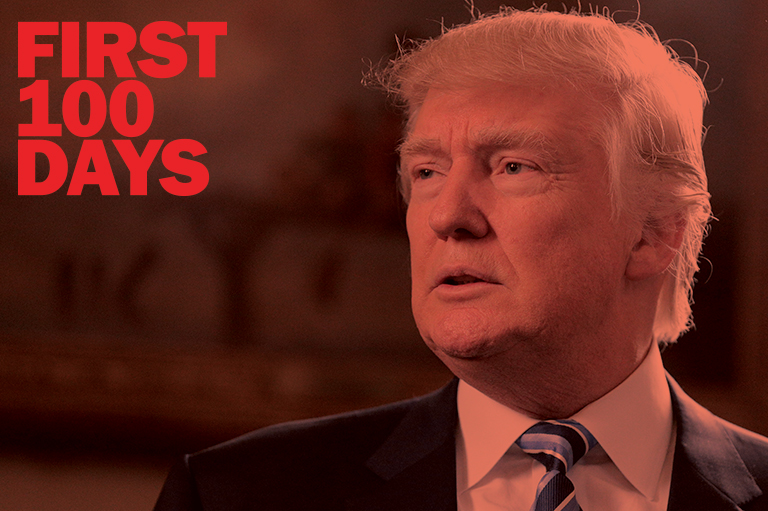
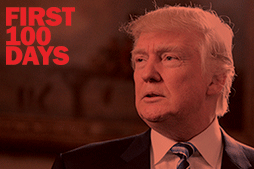
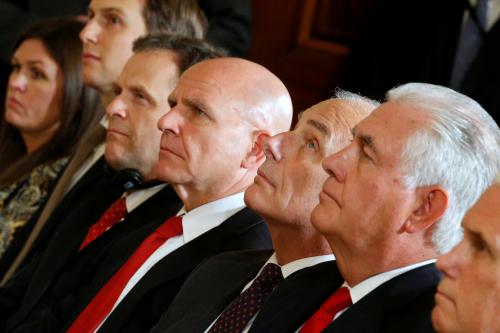
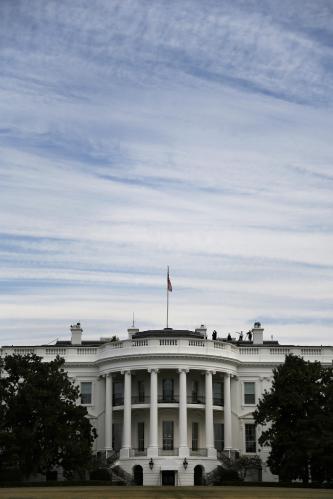

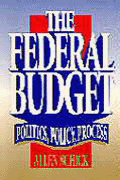



Commentary
Few women hold key positions in the Trump administration
May 12, 2017